When and how to plant caladium bulbs – the experts share their tips on these colorful foliage plants
Caladiums are bright, bold, and beautiful – but to grow them successfully, you need the proper know-how

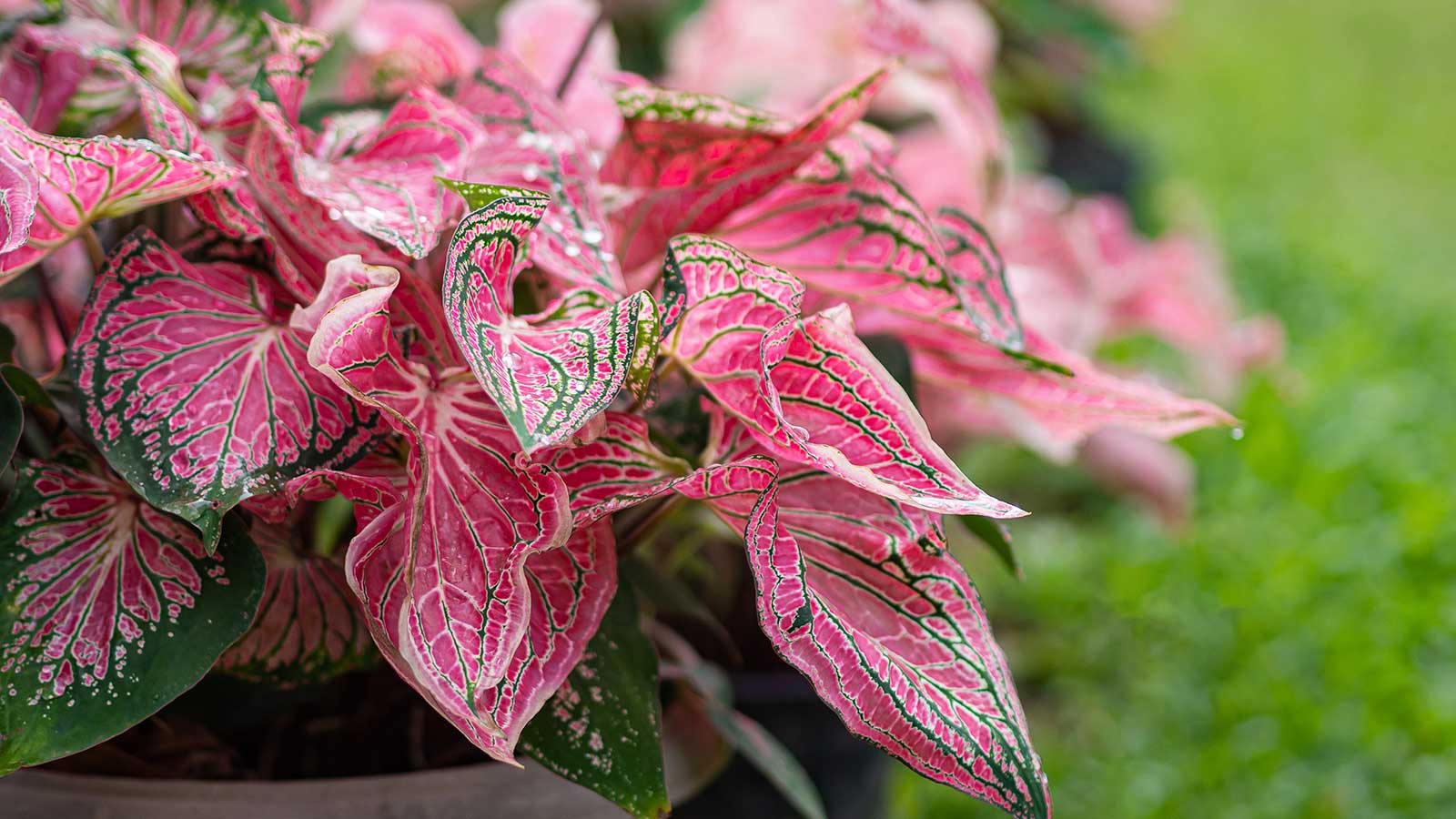
Caladiums make a statement with their large, luscious leaves, in striking colors of pink and green. While you can sometimes buy the plants in pots, bulbs are also available.
As tropical plants, these showy specimens need warmth and humidity to thrive. This means, in some climates, they're better suited to growing indoors, where they make fabulous houseplants. Either way, there are some key tips you need to know before you get planting – and that's where this guide will help.
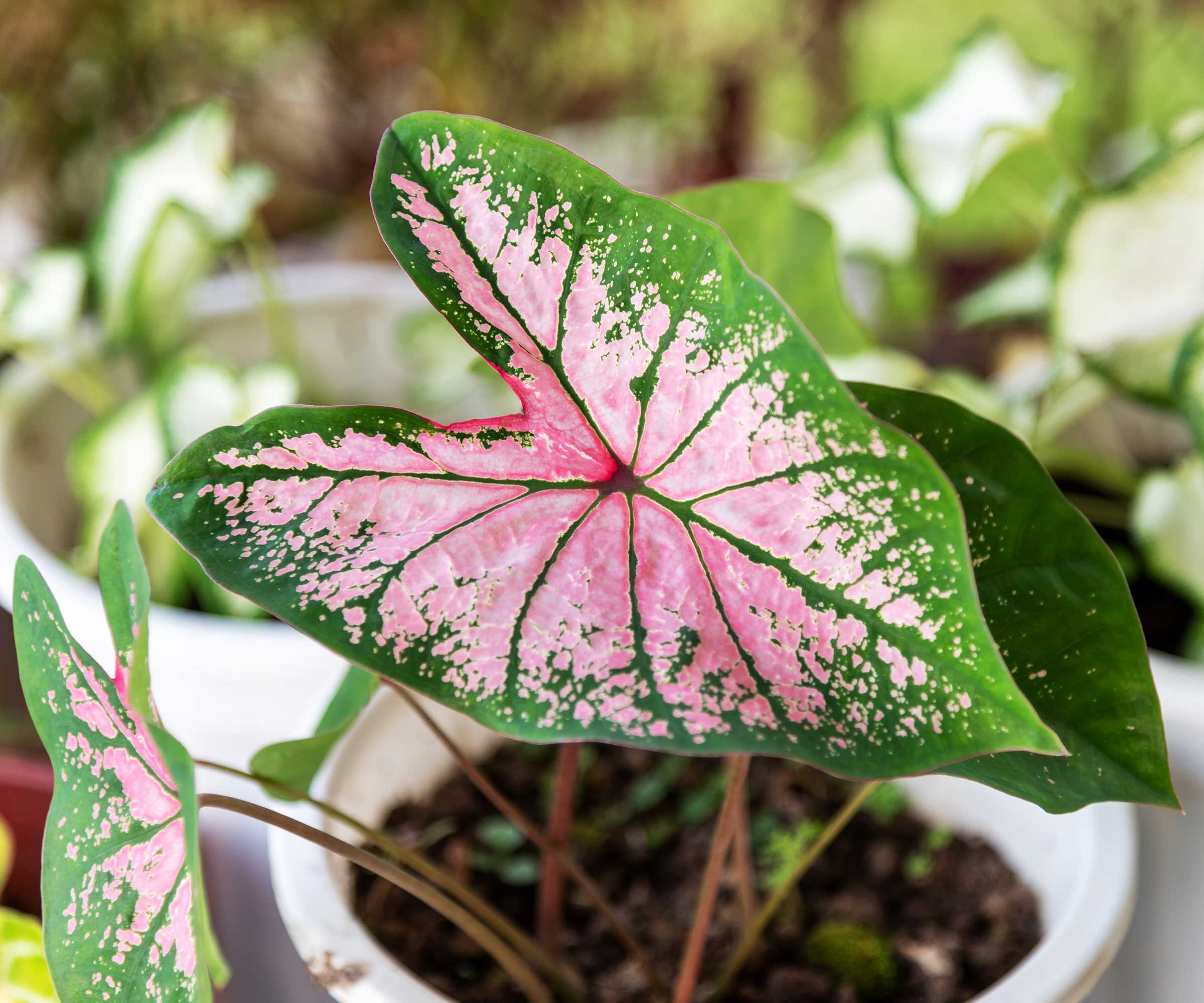
Caladiums make colorful houseplants
When and how to plant caladium bulbs, according to the experts
Below, the plant experts share their top tips for growing caladiums, both indoors and in backyards.
Need some bulbs, first? Try the 'Tropical Mix' caladiums, available at Burpee, for stunning patterns and hues.
When and how to plant caladium bulbs outdoors
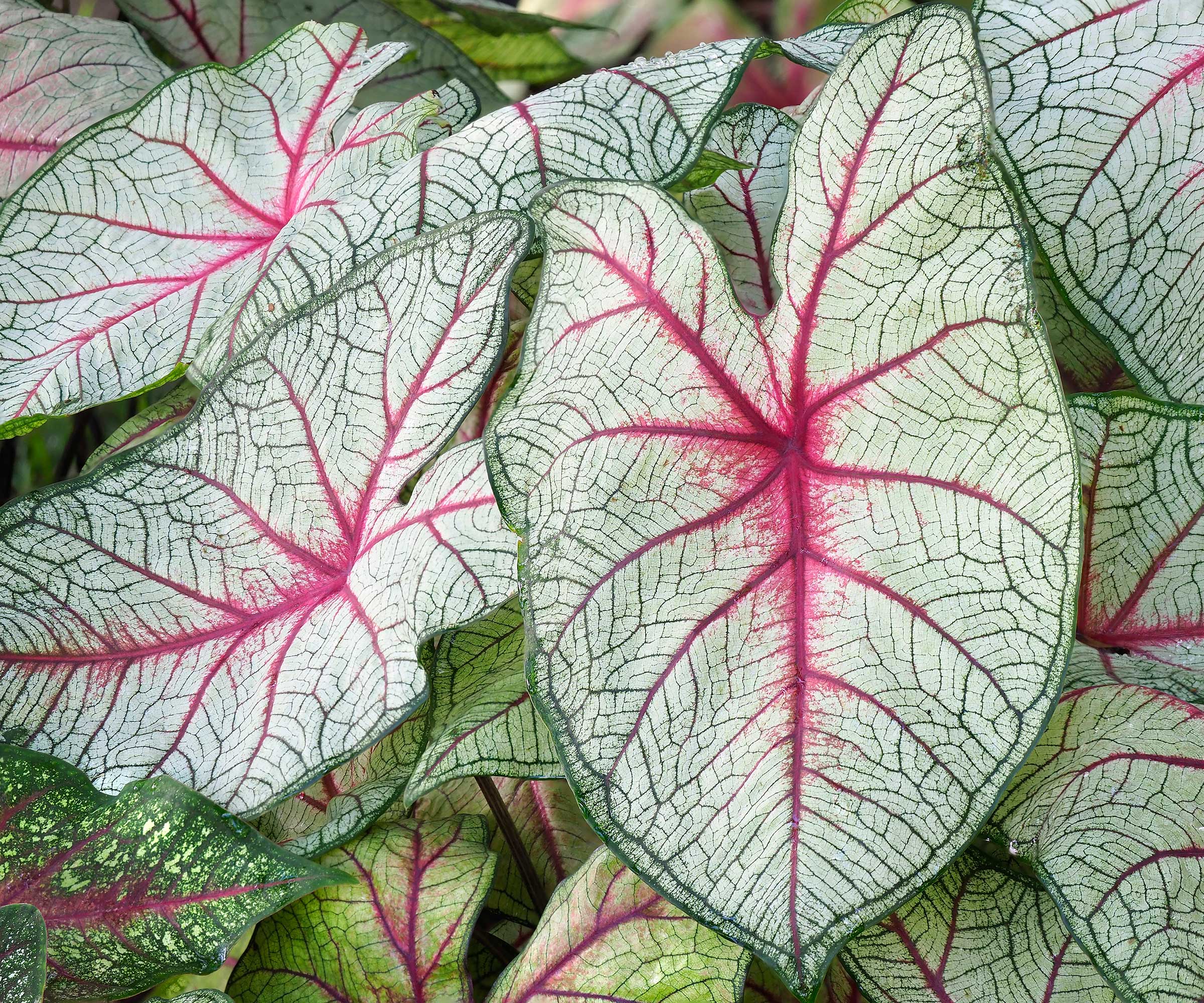
These tropical plants have incredibly eye-catching leaves
Vladan Nikolic (Mr. Houseplant), highlights how caladiums don't tolerate cold temperatures. 'It’s best to plant them in spring, when the soil temperature is at least 65°F, and when the danger of the last frost is over,' he says. 'This could be anywhere from March to June. The exact timeline will depend on your hardiness zone and the weather conditions.'
'Prior to planting, observe the condition of the tubers,' advises Jessica Mercer of Plant Addicts. 'If they appear shriveled or dry, you can soak them for a few hours in warm water. Throw out any tubers that are mushy or rotting.'
Jessica also recommends inspecting the buds on each tuber. By removing the central bud with the tip of a knife, you'll encourage the growth of the secondary buds. As a result, the plant will grow smaller leaves but in larger quantities, providing a lush and full appearance, she says.
Design expertise in your inbox – from inspiring decorating ideas and beautiful celebrity homes to practical gardening advice and shopping round-ups.
Your planting area may also need preparing. Jessica notes how caladiums grow best in rich, well-drained soil, so you might need to add compost to support strong growth.
'Plant the tubers in part shade to full sun depending on which variety you have. Older caladium varieties need a shady location to avoid sunburn, while newer varieties are much more sun tolerant,' she adds.
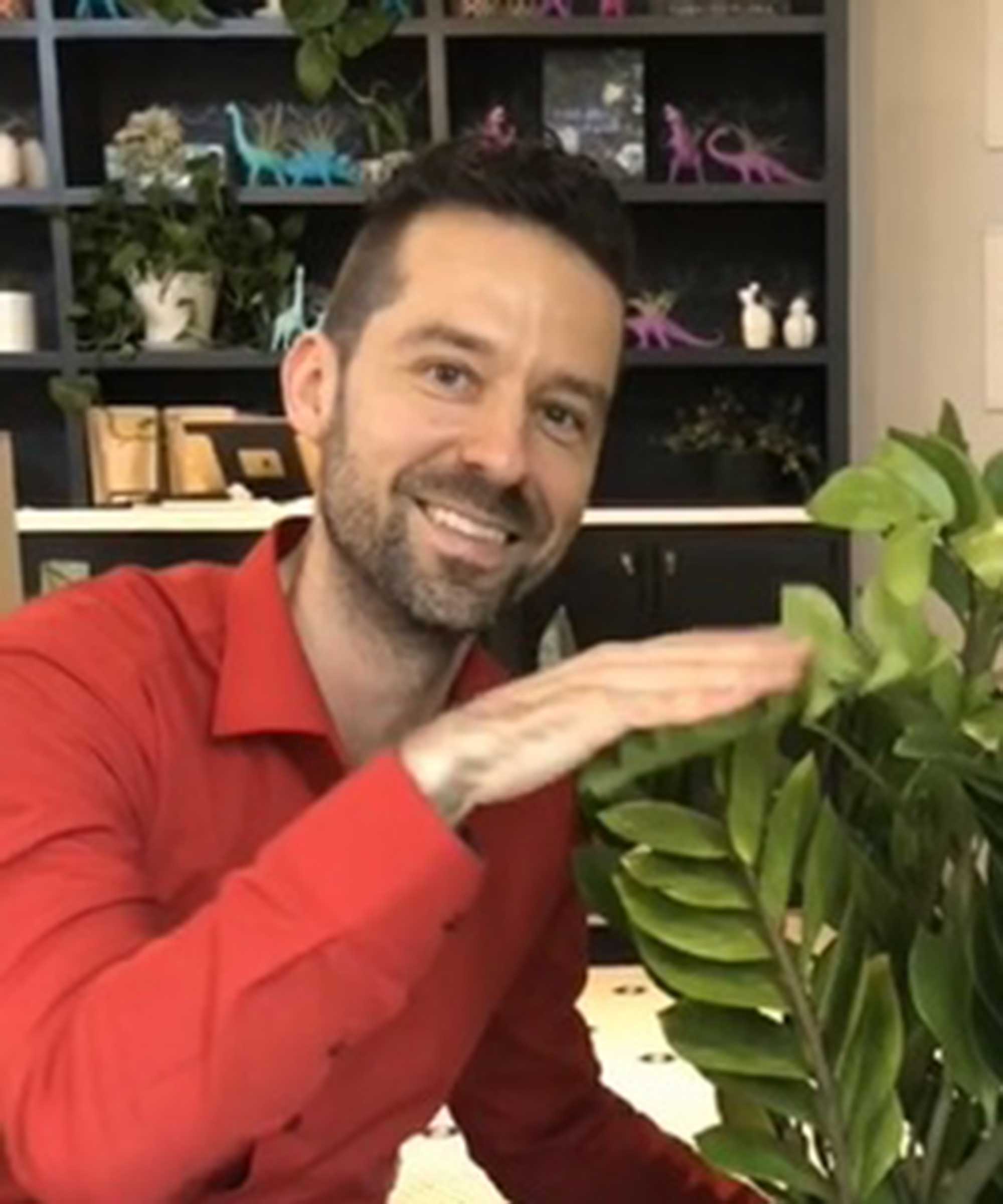
Vladan Nikolic, otherwise known as Mr. Houseplant, is a houseplant expert with over 10 years of experience. He is the founder of the houseplant care blog MrHouseplant.com and also an influencer who helps newcomers in the houseplant world become great plant parents. You can find him on Instagram, TikTok, YouTube, Facebook, Twitter and Pinterest.

Jessica Mercer, PhD, is the senior content marketing coordinator for Plant Addicts. As a 'plant collector', Jessica enjoys growing many different plants and learning about the best culture practices for each. Writing for Plant Addicts is a real joy for her, as she can use her science background to research interesting plant topics.
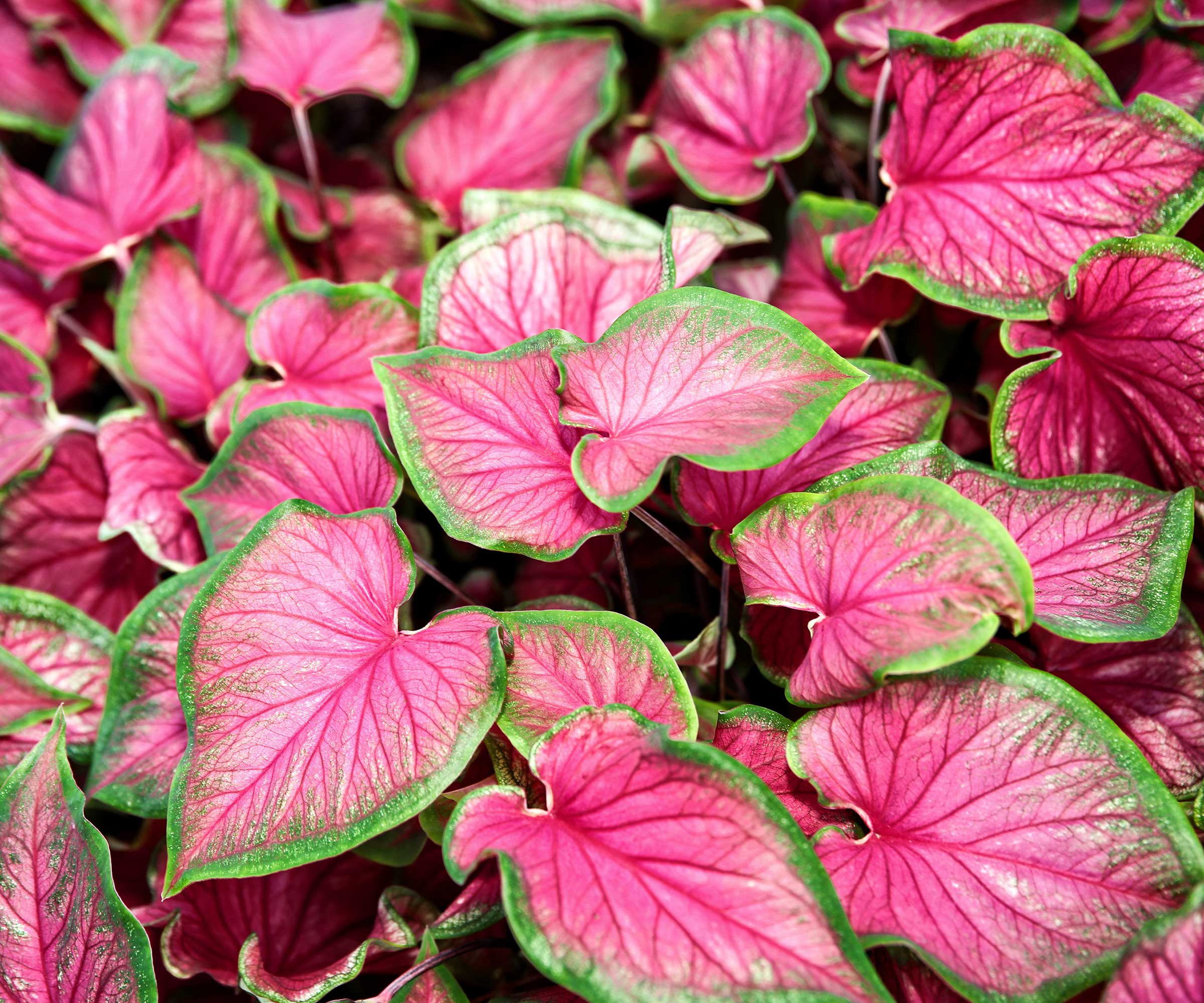
Some caladium varieties are well-suited to shady spots
Once you've finished prepping, it's time to get planting.
Autumn Hilliard-Knapp of Perfect Plants Nursery recommends digging a hole approximately 2–3 times the size of the caladium bulb. 'The exact depth may vary depending on the bulb size, but a general guideline is to plant them about two inches deep.'
Proper spacing is important, too: Autumn advises planting them approximately 8–12 inches apart to allow sufficient room for growth and airflow. The growth buds should be pointed upward, notes Jessica.
Next, backfill the hole with soil, tamping it down lightly around the bulb, Autumn instructs. 'Water the area thoroughly after planting to settle the soil and provide moisture for the bulbs.' Finish with a layer of mulch to help retain moisture and suppress weeds.
'Keep the soil consistently moist but not waterlogged,' Autumn adds. You can also use a balanced fertilizer during the growing season, Jessica says. Avoid products high in nitrogen, and space feedings about six weeks apart, she advises.
Top tip: For a head start, plant your bulbs indoors in early spring, then plant them outside when frosts have passed.

Autumn is a horticulture specialist and marketing professional at Perfect Plants Nursery. With four years of experience in the horticulture industry, she has developed a passion for helping people create beautiful indoor and outdoor spaces to enjoy. Her expertise in horticulture encompasses a broad range of activities, including plant care and selection, landscape design, and maintenance.
When and how to plant caladium bulbs indoors
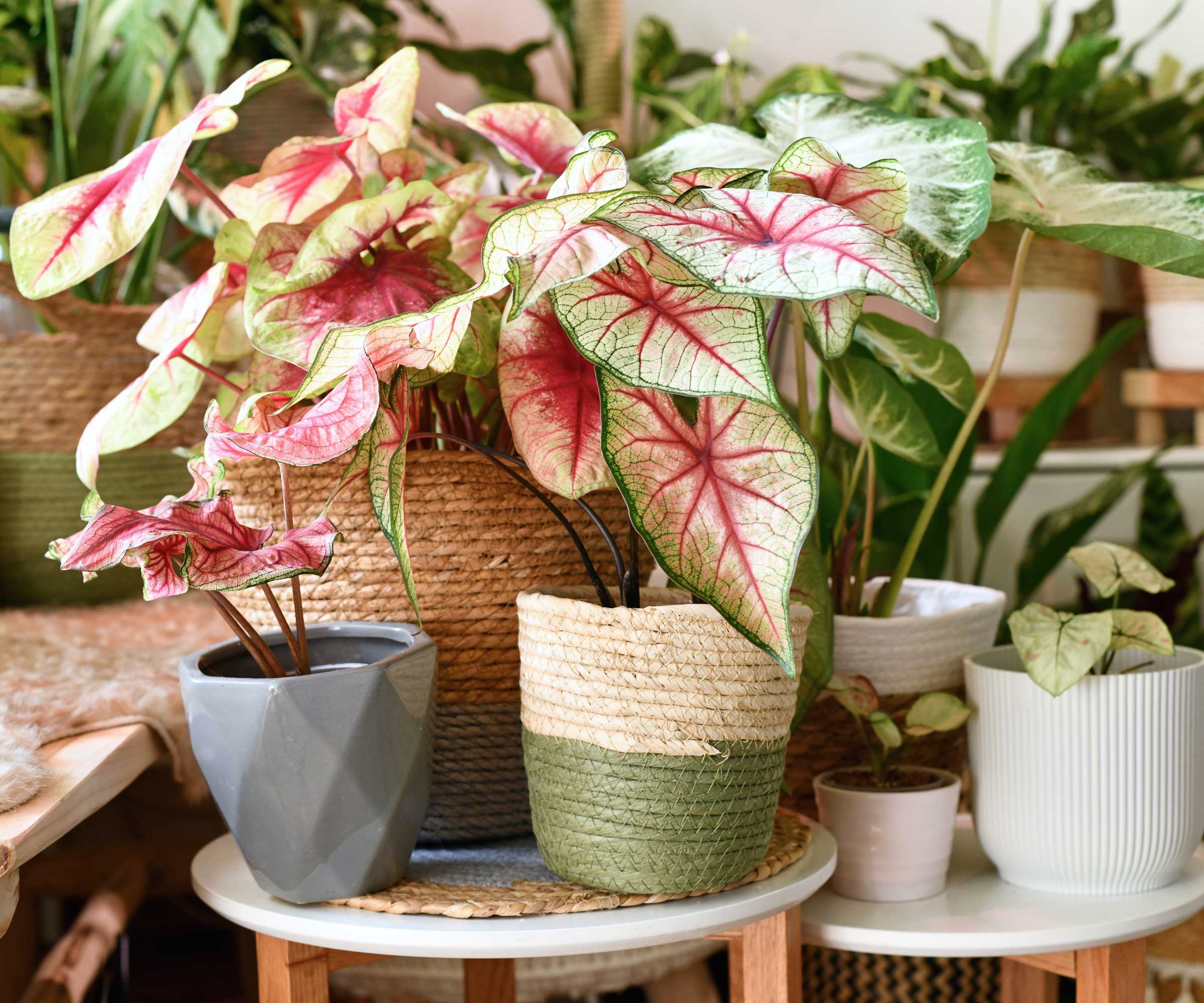
Potted caladiums often die back in winter
If you don't live somewhere warm enough to grow caladiums outdoors, you can grow them as houseplants. Again, plant the bulbs in spring.
Vladan recommends choosing a container at least six inches deep, and wide enough for the bulb and root growth. Fill this with well-draining soil, he says. 'You can use store-bought potting mix and amend it with perlite or vermiculite to improve drainage and aeration.'
You can buy organic vermiculite from Burpee.
Plant the bulbs 2–3 inches deep, Vladan continues. In terms of spacing, Autumn recommends planting them 6–8 inches apart.
'Place the potted bulbs near a window where they can receive sufficient light without direct sunlight,' Autumn says. 'Consider using a humidifier or placing a tray of water near the plants to increase humidity.' They thrive in warm temperatures between 70–85°F, she adds.
'Keep the soil consistently moist but not waterlogged. Water the plants whenever the top inch of soil feels dry,' Autumn says. She adds that you can also fertilize them lightly once the bulbs sprout, using a balanced, water-soluble fertilizer every 4–6 weeks during the growing season.
Caladiums grown indoors often drop their leaves as they approach dormancy during the colder months. At this point, you can cut the plants back. 'Keep the pot at temperatures of 70–75°F, ready for the next season,' Vladan says.
FAQs
Should you lift outdoor caladium bulbs in winter?
If you don't live somewhere that's warm year-round, you will need to lift and overwinter caladium bulbs planted outdoors before the first frost, similar to overwintering dahlias.
Vladan recommends storing the bulbs in trays of dry compost and placing them somewhere dry, dark, and frost-free. They can then be replanted in the spring.
What are some common problems when growing caladiums?
Nancy Awot-Traut, Burpee's horticulture expert, says, 'Caladiums are generally resistant to pests and diseases but can sometimes be susceptible to aphids, caterpillars, and slugs. Ensure proper care of your plant to prevent pests. You can also plant pest-repellent plants throughout your garden.'
'Another common problem is overwatering,' Nancy adds. 'While caladiums do enjoy damp soil, overwatering can lead to rot.' You should avoid watering when the bulbs are dormant, too, Vladan notes.
Caladiums are an effective way to bring a splash of color to an interior scheme. Why not complement them with some lime green houseplants or blue houseplants, for an even bolder look?

Holly started writing about gardening five years ago, and she is a regular contributor to Homes & Gardens. She has also written many gardening features for Woman & Home and Real Homes, too. She has previous experience as a professional gardener, where she helped to plant and maintain private gardens. Holly has also looked after allotment plots over the years and loves to grow her own flowers and veggies from seed. In her spare time, she enjoys visiting local gardens, botanical drawing, and tending to her ever-growing collection of houseplants.